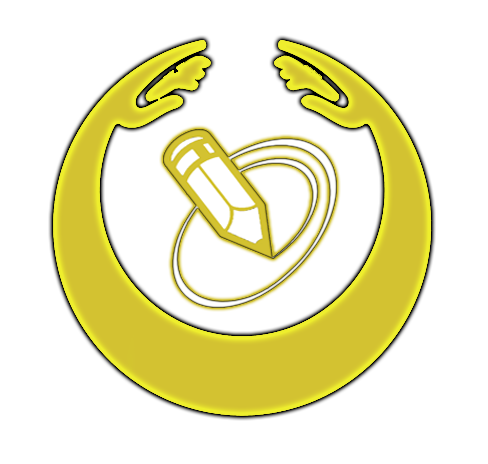Wearable Technology: The Coming Revolution in Healthcare
The year 2014 may well go down as the year of wearable technology. The impact of wearables is already being felt in education, communication, navigating, and entertainment; but perhaps the greatest potential lies in healthcare. Wearable technology has started to revolutionize healthcare by assisting doctors in the operating room and providing real time access to electronic health records.
The full potential of wearable technology in healthcare, though, goes well beyond directly assisting doctors. Patients can now continuously monitor their own health. At the 2014 Consumer Electronics Show in Las Vegas, Sony, LG and Garmin introduced devices that track everything from heart rate and blood pressure to a patient's O2 saturation. By 2018, the overall number of wearable devices shipped to consumers is expected to reach 130 million. With such acceptance on the part of the public, wearables are perhaps the perfect application for healthcare.
To learn more about wearables in healthcare, I spoke with David Peterson, Chief Marketing Officer for Emdeon, a company well-experienced in linking healthcare payers, providers and vendors. David believes that the adoption of wearable healthcare-related devices could indeed be a significant step in patient engagement and improving population health -- two critical success factors driving today's increasingly complex healthcare environment. Specifically, wearable health technology brings three distinctly beneficial trends to the table -- connected information, community, and gamification. By harnessing this trifecta, healthcare leaders have new ways to build engagement and create accurate, far-reaching views of both personal and population health.
David Peterson - CMO Emdeon Inc.
Connected Information
Healthcare information has traditionally been extremely siloed. Finding ways to integrate, aggregate, and analyze disparate data can be difficult and costly, but is needed to move healthcare toward cost-effective, evidence-based treatments. Furthermore, privacy and security considerations, like HIPAA regulations, have presented technical challenges related to the exchange of healthcare data.
To successfully employ wearable health technologies, the industry must find a way to develop networks that allow information access and provide support on the back end. This is already being done on a small scale: think about users of Fitbit® and similar health and wellness tracking gear who view their personal data and compare it against data from other users.
Having a network or backbone that a much broader population base can seamlessly connect to will fuel more meaningful data comparisons and analysis and distill useful information. This may spur wearable health technology vendors to partner with organizations that have extensive national networks and access to a large volume of health claims and other patient data. Companies like Emdeon, which processes more than seven billion U.S. healthcare transactions annually, and programs like the Department of Veterans Affairs Blue Button initiative or the Health Data Consortium can play a key role. Such a network could then aggregate data from wearables with other health information -- data from across a certain geography or specific diagnosis, for example -- to create a more complete picture of group health.
Community
Creating healthcare communities from which to collect data is a way to crowd source valuable healthcare information. By bringing together people with a common interest such as weight loss, wearables serve as a mechanism to build engagement and at the same time compile information. It is a logical approach: The more you know about a population's health, the more steps you can take to keep them healthy.
For instance, patient data entered into electronic health records at practices and hospitals could reveal allergies, health histories, and medication use. Combined with information collected through wearables, providers will have more complete and essentially real-time data to treat and manage the health of individual patients, as well as patient populations.
Gathering data this way is somewhat like microphilanthropy, where individual donors give small amounts to charity over a period of time. The real power comes from the cumulative sum of the donations from many individuals. In healthcare, the exponentially larger pool of data about a health condition or population could prove tremendously powerful.
Gamification
With information networked and communities built, participation in wearable groups can be driven by gamifying healthcare and fitness apps. Most of us are competitors at heart, and we love a good game. Imagine the interest in competing not against three or four friends who are trying to lose weight or lower cholesterol levels, but rather against a larger group of individuals who are members of your health plan or who share a similar health condition.
Health plans might offer incentives to members willing to sign up for designated wearable health programs and join in the "game." The incentives build participation by making the competition more engaging for participants. Growing the volume of data collected has the potential to broadly improve population health.
The Future
Surprisingly enough, wearable technology dates back to the 1200s, when the first eyeglasses were made out of crystal. Fast forward a few hundred years, when Chinese artisans of the Qing Dynasty created an abacus worn as a finger ring. Today, wearable health technology comes in the form of smart clothes, including sneakers, glasses, watches, rings, and more. Regardless of what they look like or how they are worn, wearables will play an pivitol role in the future of healthcare.
As the accuracy and scope of data improve, wearables hold the potential to reduce healthcare costs by identifying trends and commonalities among certain populations -- thereby enabling better preventive care. In addition to engaging patients and aiding personal wellness, they can move healthcare beyond individual monitoring and treatment toward more effective population health management.
By engaging and empowering patients to take an active role in data collection, wearables can change the way data and analytics are used to improve health. It is fascinating to think about, just as the abacus ring must have captivated the ancient Chinese. Consider how this can become the healthcare equivalent of how Google Maps displays traffic; showing healthcare patterns based on real time reporting of anonymous data from healthcare wearable devices.
While technology may never completely replace the all-inclusive health record, a detailed diagnosis or a one-on-one dialogue between patient and provider; the data collected from these devices can provide a broader scope of information. Healthcare organizations can tap the power of that data to engage patients and develop more effective and more personalized approaches to care, thereby lowering the overall cost of care.




















0 comments :